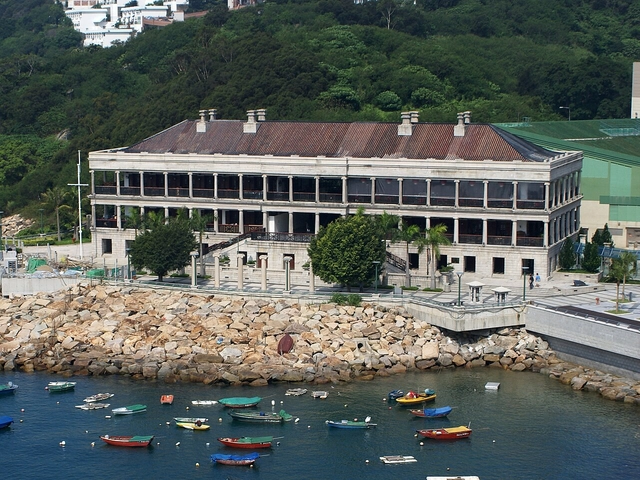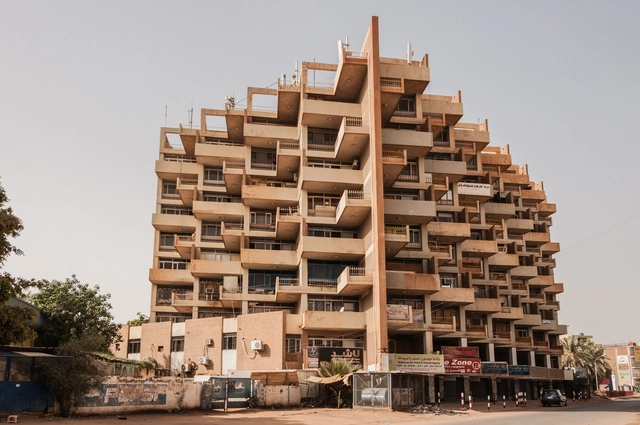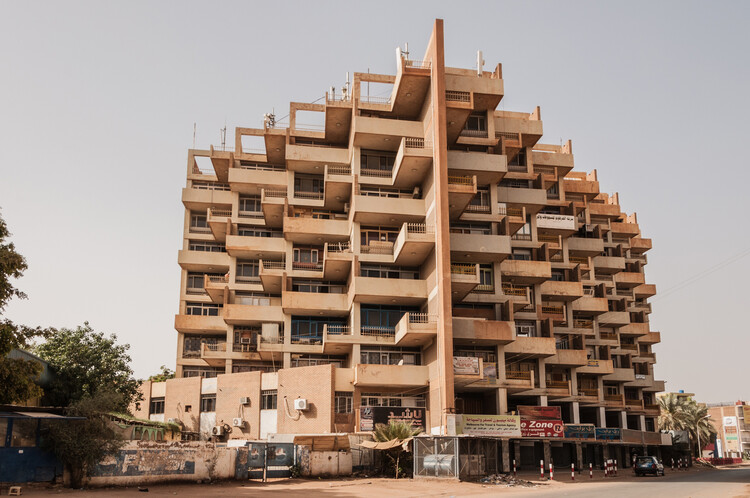
Comayagua is a city in central Honduras nestled in a valley with the same name. It holds a pivotal place in the nation's history, having served as its colonial and early republican capital for over 300 years. However, when the capital was relocated to Tegucigalpa in 1880, Comayagua's urban expansion halted, inadvertently preserving an ample and rich heritage. By the early 1990s, much of the city's architectural legacy was in a state of disrepair. Recognizing the urgent need to protect it, the governments of Honduras and Spain initiated a collaborative effort, with the objective of initiating a long-term restoration program to create a policy framework that would ensure the preservation of the city's historic center for years to come.





























![Original drawings by Lucio Costa for the “pilot plan”, showing the urban concept of the Catholic cross as the foundation of Brasília. [Lucio Costa, Plano Piloto de Brasília, 1957, in the custody of the Public Archives of the Federal District] Architecture and Coloniality: Brazilian Modernism in Critical Perspective - Image 4 of 4](https://images.adsttc.com/media/images/679c/1251/4e88/9801/7dc3/0bea/thumb_jpg/arquitetura-e-colonialidade-o-modernismo-brasileiro-em-perspectiva-critica_1.jpg?1738281565)

































